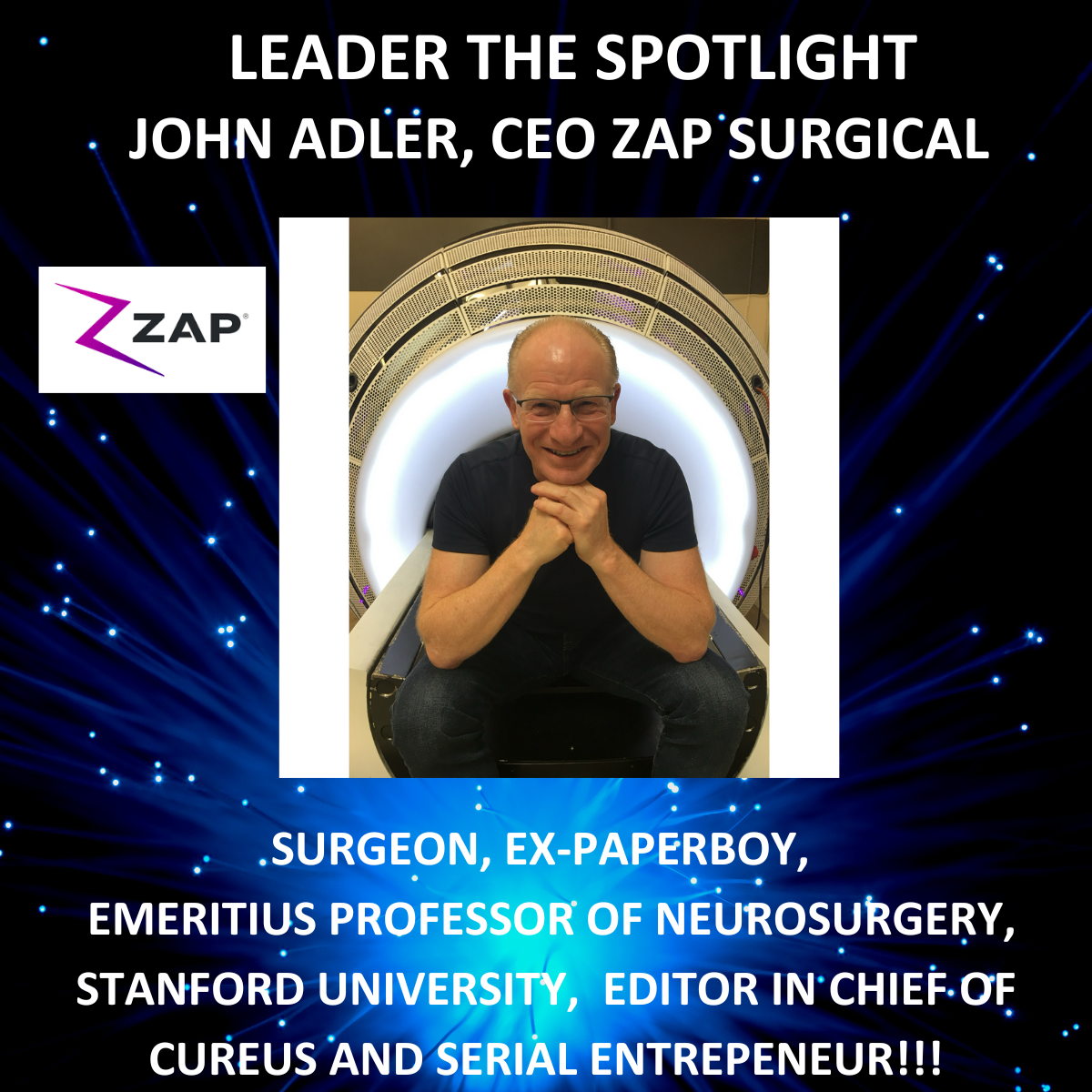
POSTED BY
James Gillman
Innovation in Stimulation
Neuromodulation is a therapy that uses the alteration of nerve activity through targeted delivery of a stimulus to affect specific neurological sites in the body. Neuromodulation has emerged largely as a response to the increasing and harmful dependence on prescription drugs.
Nearly one-third of the U.S. population suffers from chronic pain, and in the last 20 years, the prescription of opioid drugs for pain management has increased more than 300%.
The U.S. Department of Health and Human Services has declared opioid dependence as a public health emergency with over 116 Americans dying from opioid-related drug overdoses each day in 2016.
Long-term drug use increases tolerance, causes addiction, adverse reactions and toxicity. Ideally, painkillers should be used for symptomatic and temporary relief from pain.
Neuromodulation techniques target the way pathological tissues behave. It provides long-term pain relief by stimulating, subduing or otherwise modulating the nerve pathways.
Neuromodulation can also treat some clinical conditions that medications and surgeries cannot – with long-term solutions and a low risk of side effects.
Neuromodulation techniques are used in chronic pain management, treatment of neurological (epilepsy and stroke) and neurodegenerative (Parkinson’s and Alzheimer’s diseases) disorders, management of psychiatric and behavioural disorders (clinical depression, obsessive-compulsive disorder), physical and sensory rehabilitation, urinary incontinence and bladder control, and even the management of conditions such as obesity.
The most well-established approach to modulating the nervous system involves electrical stimulation of the brain or spinal cord (central nervous system), or the nerves that innervate different organs (peripheral nervous system).
Four approaches immediately stand out: deep brain stimulation (DBS), spinal cord stimulation (SCS), sacral nerve stimulation (SNS) and vagus nerve stimulation (VNS).
Deep brain stimulation (DBS)
Deep brain stimulation involves implanting electrodes within certain areas of the brain. These electrodes produce electrical impulses that regulate certain cells and chemicals within the brain and is controlled by a pacemaker-like device placed under the skin in the upper chest, with a wire under the skin connecting it to the electrodes in the brain.
Deep brain stimulation can be used to treat a number of conditions, such as:
- Parkinson's disease
- Essential tremor
- Dystonia
- Epilepsy
- Obsessive-compulsive disorder
Deep brain stimulation is also being studied as a potential treatment for:
- Tourette’s syndrome
- Huntington's disease and chorea
- Chronic pain
- Cluster headaches
Spinal Cord Stimulation (SCS)
Spinal Cord Stimulation provides an implantable, non-pharmacologic treatment for patients with intractable chronic pain conditions. Chronic Pain is a heterogenous, complex syndrome with a significant burden for both the patient and the healthcare system. While the advent of multi-modal and multidisciplinary treatment approaches has improved strategies for chronic pain management, the push for opiate-free therapies has inspired the development of novel approaches to both nociceptive and neuropathic pain syndromes.
Wise Srl, an Italian medical device company, is developing a next-generation implantable device used for neuromonitoring, neuromodulation, and brain-machine interfacing. The company's second product, SCS EXPERT is a percutaneously implantable multi-column paddle lead used for spinal cord stimulation (SCS).
In September 2020, Boston Scientific announced the European launch of the WaveWriter Alpha portfolio of Spinal Cord Stimulator (SCS) Systems. This consists of four MRI conditional, Bluetooth-enabled implantable pulse generators (IPGs). They offer expanded personalisation based on patient needs, including rechargeable and non-rechargeable options, and access to waveforms that can cover multiple areas of pain.
Sacral Neuromodulation (SN)
Sacral neuromodulation is used to treat complications associated with an overactive bladder, urinary retention and urge incontinence. It involves placing a small device into the lower back, next to the sacral nerve. The sacral nerve is instrumental in emptying the bladder. By stimulating this with an electrical current, it is possible to restore the bladder to a healthier function. The procedure can also be reversed, and the device removed if required.
In October 2020, Medtronic announced the first implantation of its InterStim Micro SNS system in a patient. The system is designed to treat overactive bladder symptoms such as urinary urge incontinence (UUI), urinary frequency (UF), non-obstructive urinary retention (NOUR), and faecal incontinence (FI).
Vagus Nerve Stimulation (VNS)
Vagus Nerve Stimulation has been approved for the treatment of both drug-resistant depression and epilepsy. However, it has also been shown to help several other conditions including:
- Alzheimer's disease
- Anxiety disorders
- Headaches
- Rheumatoid Arthritis
- Obesity
Because the vagus nerve is the primary mode by which the body relaxes and recuperates, its stimulation has restorative and healing effects on health and wellbeing.
- Promote Digestion and Restorative Functions
- Reduce "Fight-or-Flight" Response
- Strengthen the Immune System
- Balance Parasympathetic Nervous System
Transcutaneous vagus nerve stimulation (tVNS)
Following the success of implanted vagus nerve stimulators, researchers have been exploring external stimulation options as implanting a stimulator carries with it the inherent risk of surgery. Suitable external stimulation – usually in the neck or ear - reduces these risks.
The gammaCore, marketed by electroCore, is a handheld tVNS device that stimulates the vagus nerve within the cervical carotid sheath. It delivers a proprietary pulse waveform that is designed to penetrate through various levels of tissue, including skin, muscle, and nerve sheaths, in order to stimulate the afferent vagus nerve fibres within the carotid sheath. It is available in two models: 50 doses and 150 doses.
The NEMOS device (distributed by tVNS Technologies, previously Cerbomed) is a portable transcutaneous electrical nerve stimulator that delivers a stimulus to ABVN distributions located in the left cymba concha.
Other emerging techniques -
Transcranial magnetic stimulation (TMS)
Transcranial magnetic stimulation is a non-invasive procedure that uses electromagnetic radiation to polarise neurons in the brain. It uses alternating magnetic fields to induce weak electric currents in the brain to manage clinical depression, obsessive-compulsive disorder and a number of psychiatric conditions. Helsinki-based Nexstim has pioneered navigated brain therapy system for the treatment of major clinical depression, stroke and chronic neuropathic pain. TMS may also show promise as a tool to treat brain cancer.
Optogenetics
This technology aims to control neuronal activity using light. Because of advances in genetic engineering, it is possible to sensitise neuronal proteins to light. By making them react to specific wavelengths, it is possible to increase or decrease neuronal activity, thereby controlling their firing during seizures, depression and diseases. Recently researchers at the University Medical Center Göttingen in Germany reported their success in designing a cochlear implant that responded to optical stimulation.
What’s next?
In 2015, GlaxoSmithKline announced a grand initiative to develop electroceutical therapies to manage chronic diseases. Substantial investment from such a large pharmaceutical company in the replacement of pharmaceutical approaches reflects a significant validation of the potential of neuromodulation.
Sources:
ttps://aabme.asme.org/posts/innovations-in-neuromodulation-technologies



